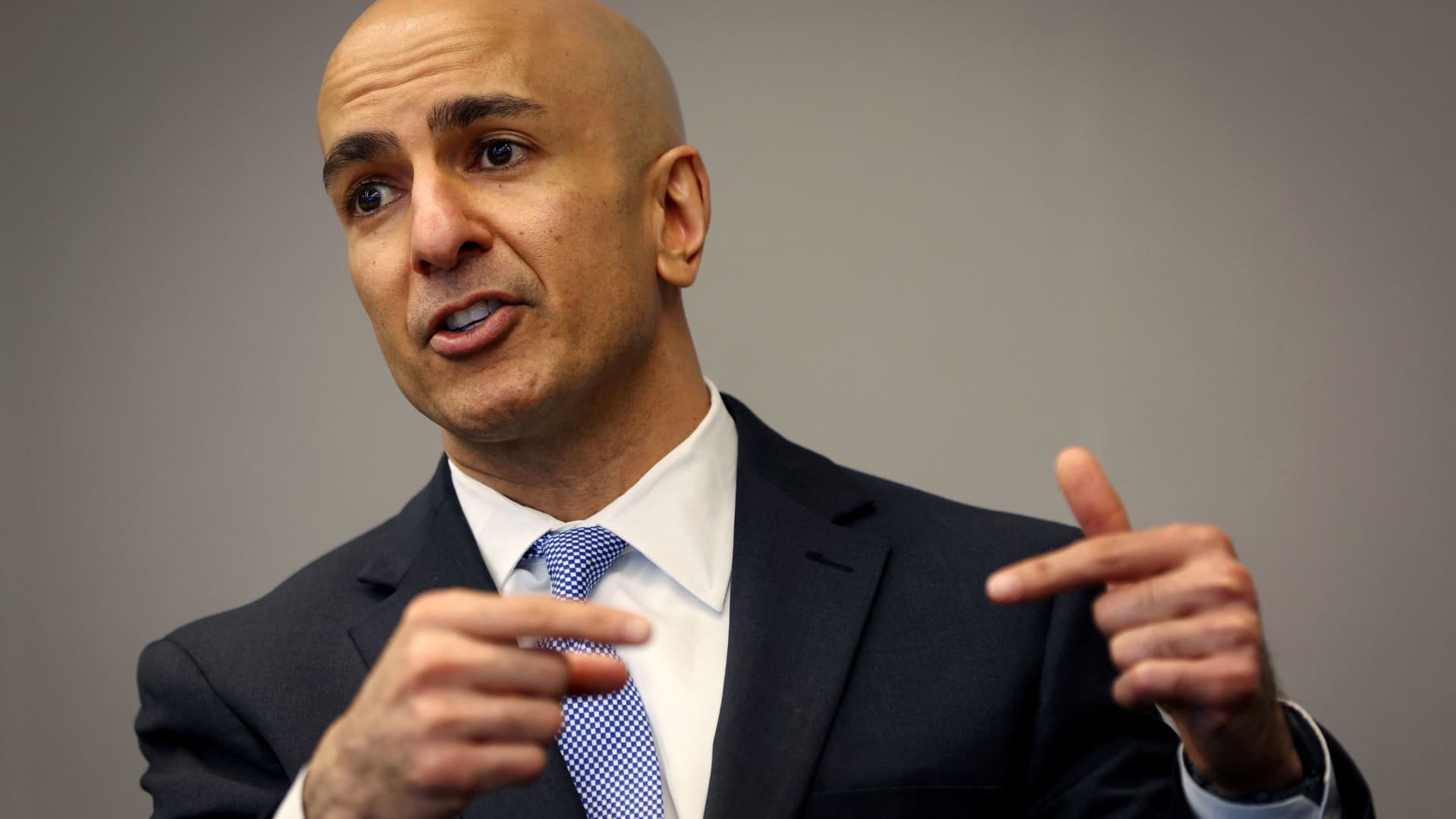
Key Points
- Investors said Indian valuations have become cheaper compared to other emerging markets, and the domestic economic outlook is improving.
- “We think Indian equities now look attractive on a regional basis and upgrade the market to overweight (from neutral),” HSBC analysts said.
- Market participants said the 50% tariffs imposed on Indian exports to the U.S. are unlikely to have a significant impact on the market.
Investors are turning more bullish on Indian stocks — which have underperformed other emerging markets over the last year — as the recent correction in valuations and more promising macro conditions make it look more attractive relative to peers. Anand Gupta, the lead portfolio manager of Allianz Global Investors, told CNBC’s “Inside India” Wednesday that he currently has a “very constructive stance on Indian equities.” He pointed to a more than 10% compound annual earnings growth for Indian equities and 6% GDP growth over the past decade, saying those trends will not just continue but “accelerate” as domestic consumption picks up. Gupta also said India’s price-to-earnings growth ratio is now closer to China and other Asian markets. “This hasn’t happened in [the] last 10 years,” he added. HSBC equity strategists also upgraded Indian equities to overweight from neutral on Wednesday. It said the macro conditions in India have turned favorable for equities, despite highlighting that growth recovery is likely to be gradual and that expectations for earnings growth are slipping. “While earnings growth expectations can fall a little further, valuations are no longer a concern, government policy is becoming a positive factor for equities, and most foreign funds are lightly positioned,” HSBC’s strategists wrote. “We think Indian equities now look attractive on a regional basis and upgrade the market to overweight [from neutral].” Indian premium Indian equities usually trade at a premium to other emerging markets as the country has historically offered a high growth rate. This was elusive last year, however, due to weak domestic demand, with GDP touching a four – year low of 6.5%. As earnings growth softened — and valuations didn’t — foreign investors exited India in favor of other emerging markets such as China and South Korea. Foreign investors pulled nearly $21 billion from the market over the past 12 months, according to data from India’s National Securities Depository. But rising participation of domestic investors supported Indian markets and protected them from sharp corrections. Indian stock markets have underperformed compared to global peers this year, “which has brought its valuation premium back down towards 5-year averages,” said Hari Shyamsunder, senior portfolio manager of emerging markets equity, India at Franklin Templeton. India’s benchmark Nifty 50 is up nearly 6% for the year to date, while the Sensex Index added 4.4%. Hong Kong’s Hang Seng and South Korea’s Kospi indexes gave returns of 32% and 44% respectively. “Valuations have come off quite a bit, both against history and relative to other major Asian peers like mainland China,” HSBC’s strategists said. “On a relative basis, India is starting to offer value vs . the rest of the region.” Tariff impact The imposition of 50% tariffs on Indian exports to the U.S. by the Trump administration has contributed to the underperformance, but market participants appear unperturbed. “India’s relatively low goods trade share reduces the direct transmission of global trade shocks,” Franklin Templeton’s Shyamsunder said. “Easier domestic liquidity from lower rates should begin supporting activity over the next 6-12 months.” HSBC’s strategists also noted that, like in China, the duties will have “little impact” on the profits of most listed companies, as the majority of their sales are domestic. “When it comes to earnings growth, the direct impact from tariffs is muted,” HSBC said. As a result, Allianz’s Gupta sees a revival of corporate earnings growth in the next two quarters and beyond. MSCI India’s price-to-book valuations are at a 15-year low, said Gupta, adding “it can’t get more attractive than that”.







